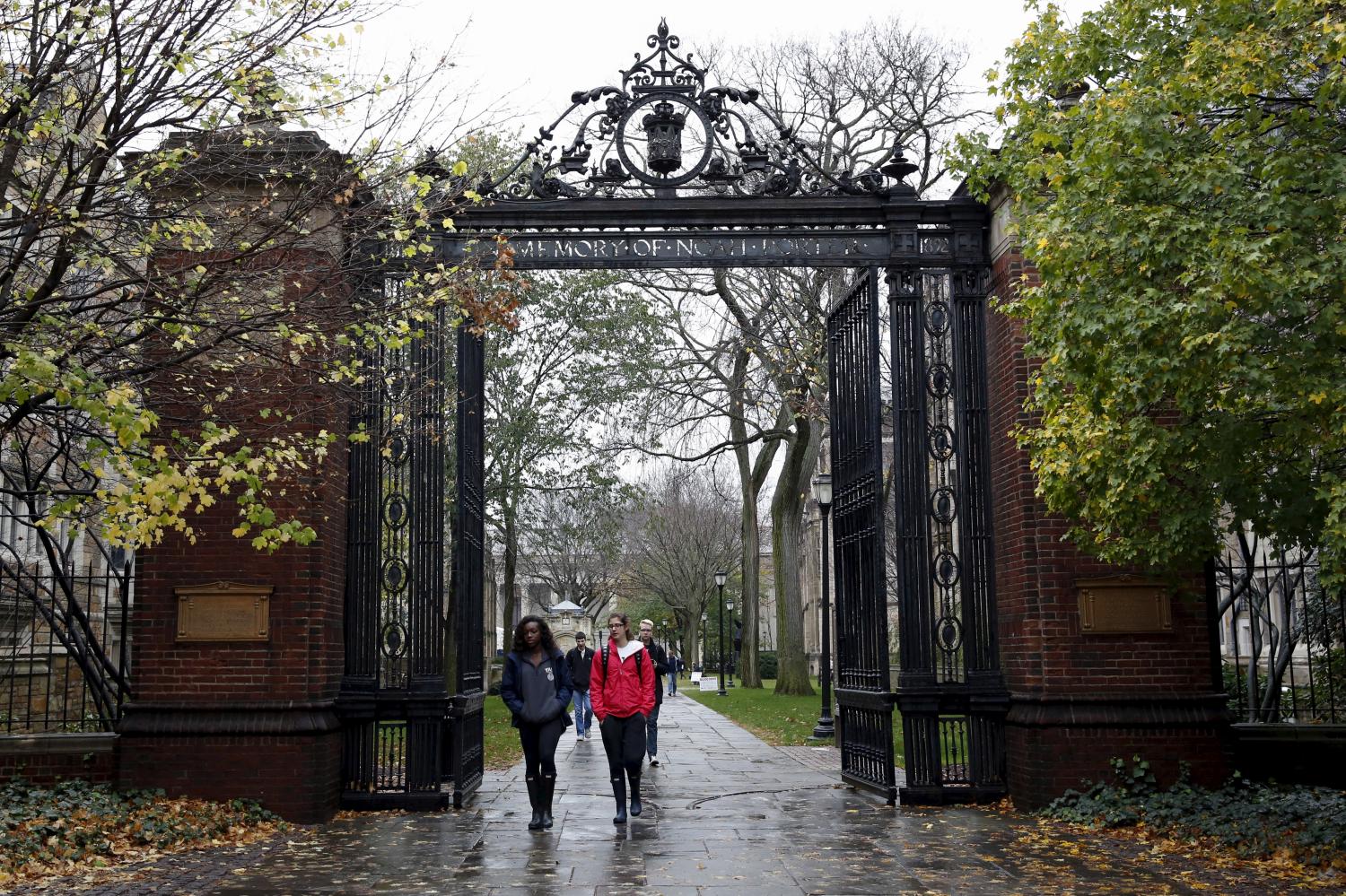Greater investment in human capital is needed for economic and social reasons. We risk years of less-than-adequate productivity growth unless a way is found to boost skills. Prospects for social mobility are also closely tied to the acquisition of the skills and mindset needed to earn a middle class income and participate as informed citizens and effective parents. Governments are already making extensive human capital investments, some more effective than others. But another way to build a ‘Learning Society’ is to draw on private capital and not just on public capital.
Lifecycle learning
College education, which is the theme of this series, is an important milestone along the path of skills development. But as the Social Genome Model (SGM) shows, prior life stages—pregnancy, infancy, preschool, school years (K-8), adolescence—are critical to being ready for college at 18.
Problem: Political reluctance to investment
The biggest obstacles to more private investment are political. Costs precede savings by years. Expected improvements in earnings may be a generation away. While investing in human resources makes sense economically, policymakers are loath to borrow or tax to raise funds. As a result, many young adults miss out on the long-run benefits of learning, including a college education.
Solution: A Human Resource Bond
The idea of using private capital to make these investments is not new. “Pay for Success” programs, which may yield an attractive return by reducing prison recidivism, foster care, health costs, and other government expenditures, are now being tried around the country. Human resource bonds build on this idea but take it to scale. There is plenty of private capital around for this purpose. Big companies are holding about $5 trillion in cash, according to Forbes. Corporations are holding over $2 trillion overseas, in part to avoid U.S. taxes.
The idea of using private investment to fund human resource development, in the form of financing college, was first floated by Milton Friedman in 1955. There are similarities here with ideas addressed earlier in this series, including income-based federal loan repayments, and income share agreements.
Structuring a Human Resource Bond
How would such a bond work to fund a college education? It could have the following features:
- Issued by states and municipalities
- A 20-year term
- Tax-free four percent return
- Federal guarantee of three of the four percent interest
- State and local governments divert a large portion of the savings of multiple agencies to bondholders (in order to qualify for the federal guarantee)
- Federal, state and local governments pay the principal at maturity (out of additional future tax receipts from the expected increase in the number of 20-year-olds completing college or an apprenticeship program).
A new investment mind-set
This reform requires a shift in thinking on all sides. Investors in human resources will have to consider statistically estimated benefits in terms of future savings and revenue as equivalent to projected revenue from a toll road. Government agencies will have to coordinate in order to structure attractive Human Resource bonds, since different agencies, at different levels of government, benefit from the savings resulting from earlier investments. Policymakers will have to recognize that the way we treat children today will determine the quality of the American workforce tomorrow—and be creative about where the investment comes from.
The Brookings Institution is committed to quality, independence, and impact.
We are supported by a diverse array of funders. In line with our values and policies, each Brookings publication represents the sole views of its author(s).





Commentary
Impact bonds for human capital investments
November 3, 2015